![]() Per la versione in Italiano: https://www.stradeeautostrade.it/incontri-e-interviste/anna-schirokoff-la-donna-che-vigila-sulla-sicurezza-finlandese-ed-europea/
Per la versione in Italiano: https://www.stradeeautostrade.it/incontri-e-interviste/anna-schirokoff-la-donna-che-vigila-sulla-sicurezza-finlandese-ed-europea/
On January 1st, 2019, the Finnish Transport Safety Agency (TRAFI), the Finnish Communications Regulatory Authority and some functions of the Finnish Transport Agency have been merged into the Finnish Transport and Communications Agency (TRAFICOM).
In 2015, the Finnish Transport Agency and TRAFI started the roadmap and the action plan as well as preparatory studies for automated road traffic. Over one hundred commercial or governmental organizations took part in the work by attending various workshops.
The topic was also widely discussed from the point of view of the driver and the perspective of the vehicle and its systems. Examples of this are the driver’s education, the driving licence, the availability of data on the equipment and features of the vehicle, the secure data transmission and the technical approval of the vehicle.
The Ministry of Transport and Communications has repeatedly pointed out its will to be at the forefront when it comes to preparing for automated road traffic and taking advantage of the possibilities offered by it.
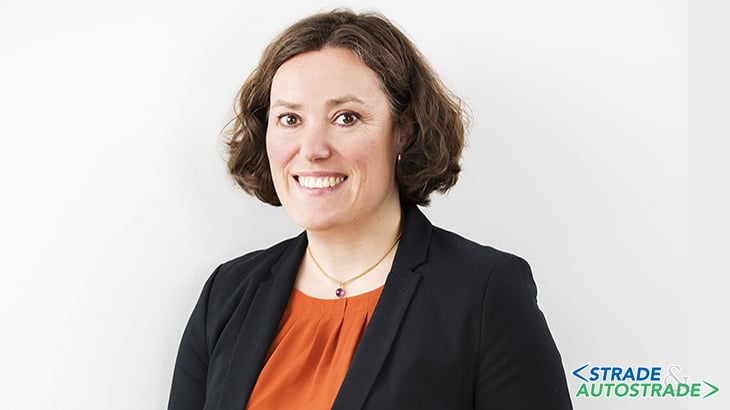
Road traffic automation progresses rapidly using the sensors and the drivers’ support systems in vehicles. Transport authorities play an important role in enabling automated driving.
This interview is dedicated to the important experiences that Finland has been developing from 2015 to present, both as regards the technical issues which are being developed in Europe and worldwide, and above all as regards the innovations which have emerged, that differentiate Finland from the experiments of the other European countries.
On these topics, we have submitted some questions to Mrs Anna Schirokoff, Chief Adviser at the Finnish Transport and Communications Agency.
“Strade & Autostrade”: “What is the Finnish Transport and Communications Agency and what does it do?”.
“Anna Schirokoff”: “The Finnish Transport and Communications Agency Traficom is an authority in licence, registration and approval matters. We promote traffic safety and the smooth functioning of the transport system.
We also ensure that everyone in Finland has access to high-quality and secure communications, connections and services. Traficom has approximately 900 employees at 15 locations in Finland. Our main office is in Helsinki”.
“S&A”: “Can you describe the state of the art of your activities, also in full compliance with the recent developments (on the legislative level) which are taking place in the European Union (Commission, Council, etc.), with particular regard to the the V2V and V2I type of communication?”.
“Anna Schirokoff”: “Finnish authorities are working in several platform and project activities of Cooperative, Connected and Automated Mobility (CCAM). The most recent European public and private partner collaboration, from June 2019, has been the European Commission established CCAM Platform for open road testing and pre-deployment of CCAM.
The Finnish authorities believe that The European Intelligent Transport System Platform (EU EIP) provides information and knowledge, for example from the activity 4.2 Facilitation automated driving chaired by Finland, that benefits the CCAM pre-deployment and market collaboration in Europe.
While the European legislation for C-ITS is still open after the vote in July 2019, the Cooperative Intelligent Transport Systems (C-ITS) deployment and interoperability advances in several European activities such as the C-Roads Platform and Data Task Force where the Finnish authorities work together with other Member States and industry members to enable interoperability of Safety Related Traffic Information. We look forward for the public and private collaboration to enable European wide interoperability and long term safety benefits on our roads.
In the view of the Finnish authorities, the benefits of C-ITS services could be fully realised in the following scenario: “The most significant conditions influencing the Finnish road network that should be communicated to the road users are predicted or observed.
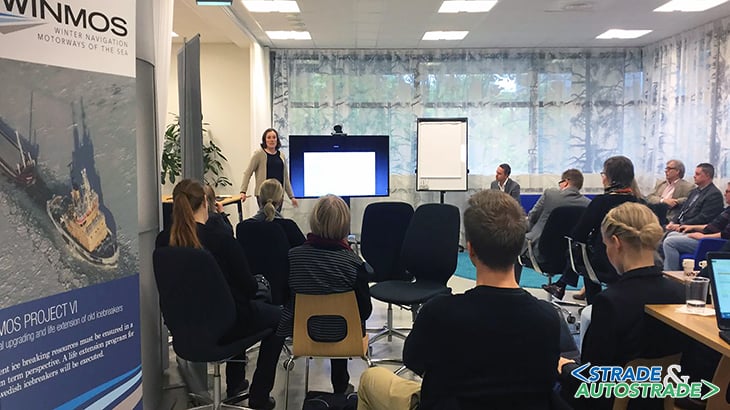
Services that improve the safety and traffic flow and conserve the environment have a broad user base and cover both public roads and the street network. The services are interoperable with each other and corresponding european services.
A new type of model has been created for service provision and the distribution of messages. The parties involved in the activity, i.e. the service provider and authorities, share information according to jointly agreed principles. These activities will benefit road users, travel and transport, and support the creation of new, innovative services and the development of automated vehicles”.
To support the vision, a C-ITS pilot under EU CEF funded NordicWay2 (2017-2020) project has been started. In the project three industrial ecosystems, in total 19 private industry partners, aim for Nordic (NordicWay) and European (C-Roads) cross-border interoperability of C-ITS services. Each of the Finnish pilots include a data exchange server that transmits C-ITS messages and several C-ITS service providers.
All pilots will propose a model according to which each data exchange server transmits the messages generated by the several service providers and links up with other data exchange servers.
The deployment pilots will employ hybrid communications, with the majority of messages transmitted through the mobile phone network. All three pilots, offering high-quality C-ITS services to road users in Finland, start the data exchange in October 2019 and run at least to May 2020.
At the moment we live interesting times and not only for the technical development, but for the different organisational aspects such as business models and data privacy solutions that are under discussion. As part of the project user acceptance of C-ITS services will be studied, technical feasibility of the pilot and the pilot ecosystem evaluated and at the end socio-economic assessment of the piloted C-ITS services carried out. The evaluation results will be publised by the end of 2020”.
“S&A”: “How did you evaluate the last European Parliament’s position and arrangements concerning the G5 and the CV2X?”.
“AS”: “After EU Council rejected the C-ITS specification in the July 2019 vote, a re-evaluation of the C-ITS next steps is required. Finland has supported technology neutrality in order to build long lasting and future proof roadmap for the C-ITS and transport automation in all modes.
We are committed to continue cooperation to improve European traffic safety and efficiency as well as reduce environment pollutions and are actively promoting to this work also at C-Roads and at our cross border piloting projects, such as Nordic Way”.
The Finnish Ministry as well as the Traficom C-ITS specification official feedback in February 2019 can be found from the EC webpage https://ec.europa.eu/info/law/better-regulation/initiatives/ares-2017-2592333/feedback/F25229_en?p_id=351850.
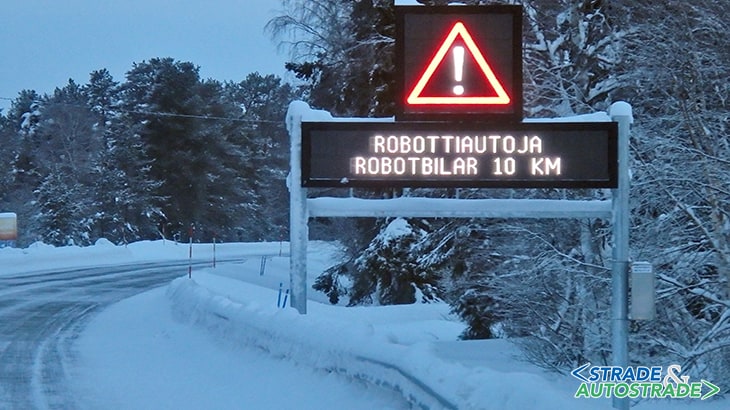
“S&A”: “Traficom is developing one of the major development programs concerning the connected car and the automatic driving at european level: the 1st national report of 2015 – which outlined the program of national works from 2016 to 2020 – is an important reference point for the progress of these themes. Can you update us on the state of the art of these issues?”.
“AS”: “The activities related to the Road Map and to the 2016-2020 action plan for the automation of road transport have advanced. Planning for the next stages is under way”.
“S&A”: “The measures which will be implemented have been divided into five categories: infrastructure; road paving and equipment; vehicle systems; services and functions; driver. More than a hundred measures have been proposed only for the 2016-2017 period. Is it possible to take stock of the situation concerning the categories you have faced?”.
“AS”: “Here, in synthesis, you can find the situation category by category:
- Infrastructure (for which no clear requirements have been recognized at this point): Infra Challenge, MANTRA (Making full use of Automation for National road Transport Authorities);
- Road paving and equipment: Infra and Arctic Challenge
- Vehicle systems: OEMs and service providers
- Services and functions: research and development, such as automated shuttles
- Driver: different automated driving systems, important to recognize what HMI systems do and do not do”.
“S&A”: “The measures proposed and directly related to the road network concern road signs, positioning, data transmission between the infrastructure and the vehicle and the test areas involved. As regards these areas, can you summarize the status of the analyzes and experiments with respect to the infrastructure and in relation to the test areas?”.
“AS”: “These questions were studied in The Arctic Challenge project by the three industry coalitions which include 15 companies. During the project three test fests were organized in Lappland. The last test fests were completed by the end of summer 2019, before carrying out an analysis of the final results and publishing it”.
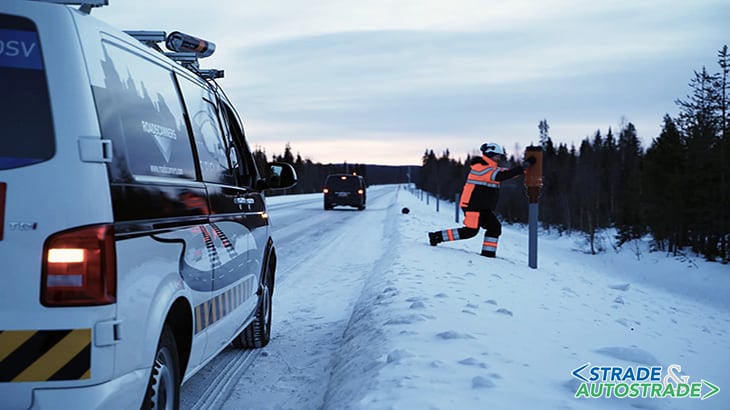
“S&A”: “We know about the Aurora Arctic Challenge 2017-2019 which addresses the automation of road vehicles and also possible infrastructural solutions, performance and impacts on arctic conditions: which results have you achieved so far? What were the results of the tests carried out using automatic vehicles in the Aurora Corridor?”.
“AS”: “The Arctic Challenge project studies automated driving in icy and snowy conditions. The project’s interim results have been published in two pieces of news, the first in the end of 2018 (https://arkisto.trafi.fi/en/news) and the second in spring 2019 (https://vayla.fi/web/en/-/-h1-final-weeks-of-testing-in-research-project-on-road-traffic-automation-in-winter-conditions-h1-#.XXekgygzYuU).
Already the mid-term results were promising. As an example of an interesting result could be mentioned findings of tests lead by Sensible 4 Oy. They were able to pinpoint the location of a vehicle to an accuracy of about 20 centimetres using a point cloud map produced in summer and winter conditions by using laser scanning. The impact of the results of the measurements will be utilised in the development of an automatic vehicle.
A labour consortium formed by Lapland University of Applied Sciences Ltd. and Roadscanners Oy tested plastic-encased marker posts developed in connection with the project, which contain aluminium reflectors.
They experimented with more than 100 marker posts how radar sensors would be able to detect them, and thus improve the pinpointing of the location of an automatic vehicle. VTT Technical Research Centre of Finland Ltd. together with Infotripla Oy, Dynniq Finland Oy, and Indagon Oy have carried out a service experiment for vehicles that communicate with each other and with infrastructure”.
“S&A”: “Regarding the tests provided for all automatic vehicles (SAE levels 0-5), it is possible to carry out experiments on public roads using a certificate issued by the Finnish Transport and Communications Agency: the vehicle under test must have a driver inside or outside that is valid for one year and renewable. The eligible candidates are companies, agencies or other research and development organizations. How far has the situation progressed?”.
“AS”: “Number of tests have been carried out since 2016. Eight different organisations have received test plates sertificates”.
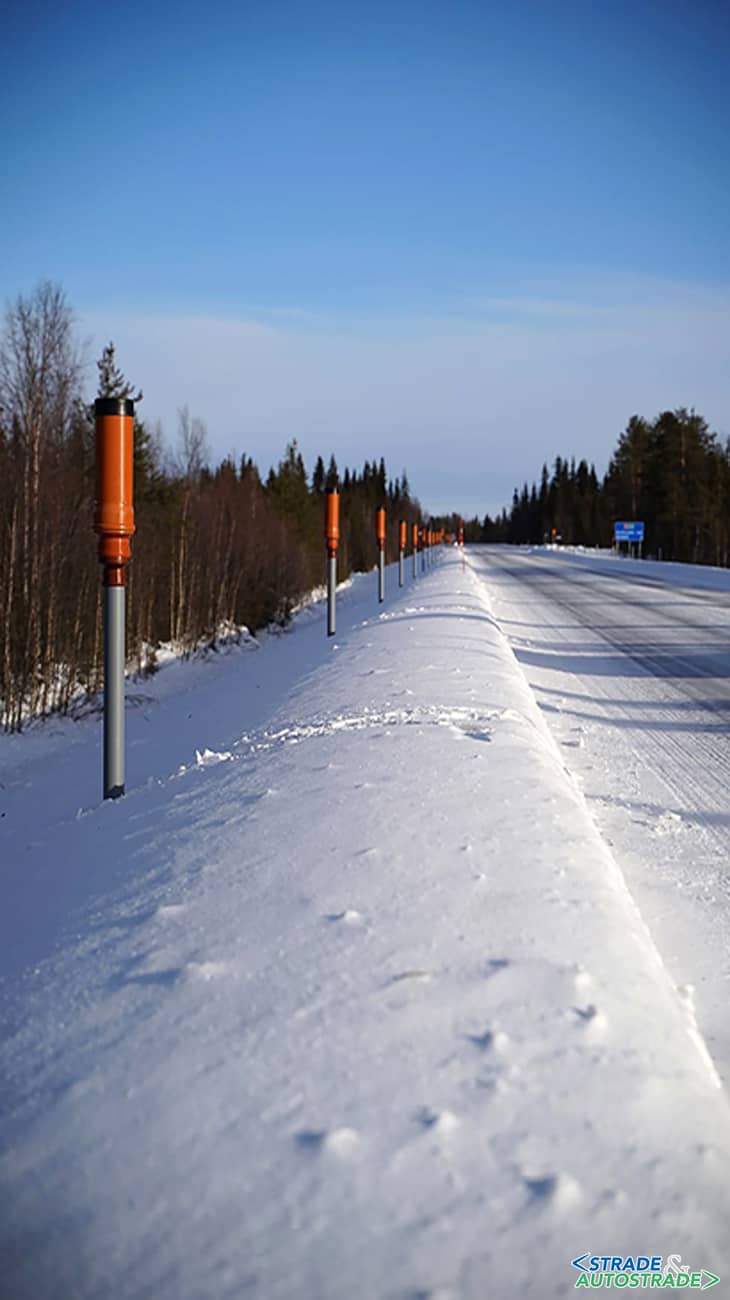
Anna Schirokoff Curriculum Vitae
- 1997: M.Sc from Helsinki University of Technology in Civil engineering
- 1997-2013: Scientist & Senior Scientist at VTT Technical Research Centre of Finland
- from 2013: Chief Adviser at Finnish Transport Safety Agency, since beginning of 2019 Finnish Transport and Communications Agency Traficom
- Language skills: Finnish, English, Swedish, German
![]() Per la versione in Italiano: https://www.stradeeautostrade.it/incontri-e-interviste/anna-schirokoff-la-donna-che-vigila-sulla-sicurezza-finlandese-ed-europea/
Per la versione in Italiano: https://www.stradeeautostrade.it/incontri-e-interviste/anna-schirokoff-la-donna-che-vigila-sulla-sicurezza-finlandese-ed-europea/

